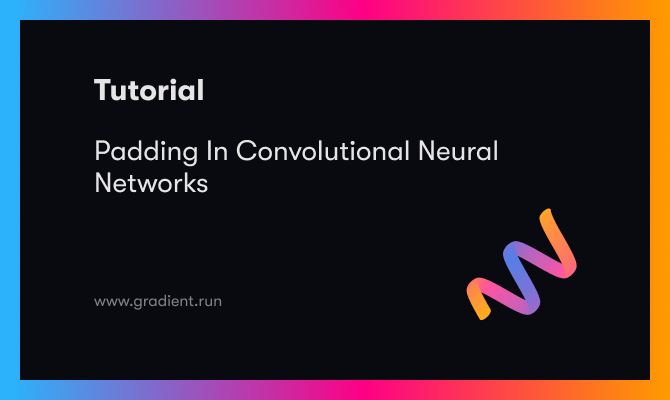
Padding In Convolutional Neural Networks
In this article, we explore how and why we use padding in CNNs in computer vision tasks. We'll then jump into a full coding demo showing the utility of padding.
In this article, we explore how and why we use padding in CNNs in computer vision tasks. We'll then jump into a full coding demo showing the utility of padding.
Google Colab Pro and Colab Pro+ are a substantial improvement to free-tier Colab but there are still a number of limitations that make alternatives to Colab Pro like Paperspace Gradient appealing.
In this article, we ask what GPU memory bandwidth is, and examine why it should be taken into consideration as one of the qualities an ML/DL expert should look for in a machine learning platform.
In this article we will explore how to write the VGG from scratch in PyTorch by constructing a deep CNN characterized by its uniform architecture of multiple stacked convolutional layers.
In this article, we break down the differences between the capabilities of Gradient and Kaggle. Use this guide to pick the best platform for you!
This blog breaks down the strengths and weaknesses of the Kaggle platform, lists the qualities a data scientist should seek in a ML ops platform, and suggests a number of alternatives to the readers to try out: Gradient, Colab, and Sagemaker.
This blog post details the concept of mixed precision training, its benefits, and how to implement it automatically with popular Deep Learning frameworks PyTorch and TensorFlow.
Follow this guide to learn how to integrate Arize within Gradient Deployments to monitor data drift, traffic, and other model monitoring metrics.
Follow this guide to learn how to integrate the Weights and Biases API with your code in Gradient Notebooks! Readers should expect to learn how to get started with Weights and Biases, how to integrate it with Gradient, and how to log your training results in Weights and Biases via Gradient.
